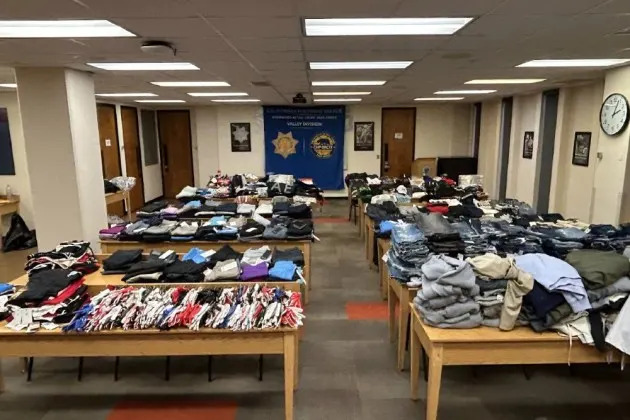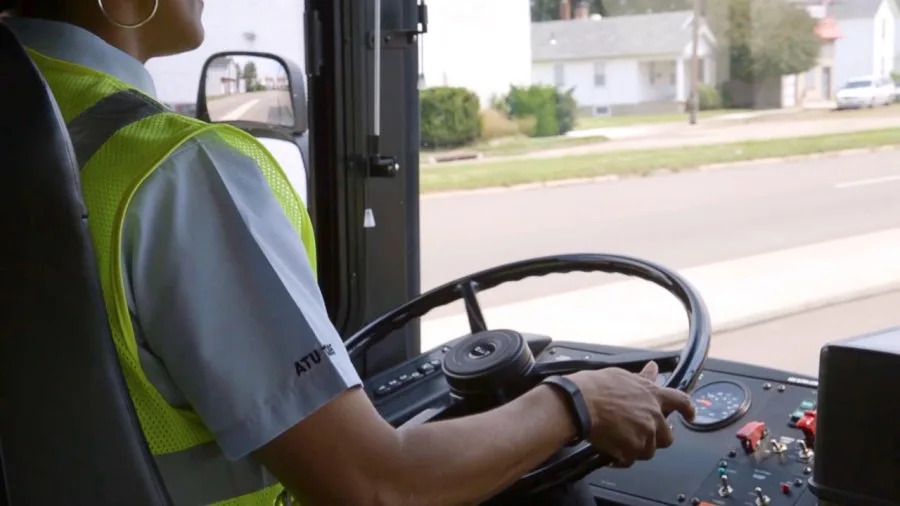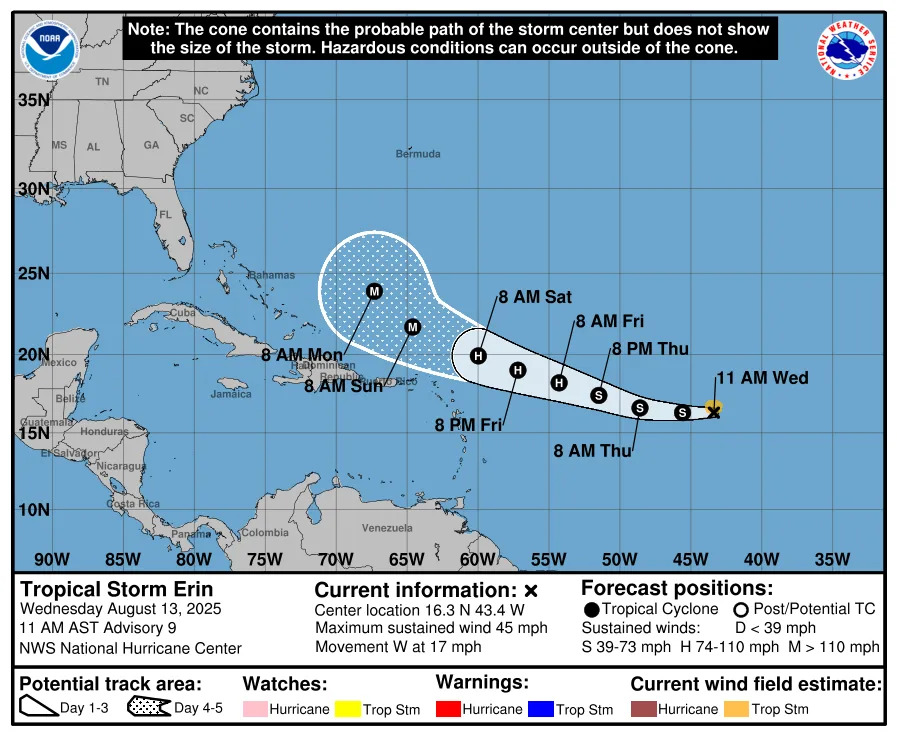
Through a concerted effort to counteract heightened instances of retail crime in the state, California law enforcement groups have recovered 150,000 articles of stolen merchandise valued at $8 million from retailers like Lululemon and Victoria’s Secret over the course of the past seven months.
Golden State Governor Gavin Newsom’s office released the latest retail crime numbers this week, stating that the California Highway Patrol-led (CHP) Organized Retail Crime Task Force (ORCTF) conducted 415 investigations leading to 706 arrests between January and July.
More from Sourcing Journal
“We are serious about stomping out crime rings that target California’s businesses and undermine public safety. We appreciate the work of our law enforcement partners statewide to apprehend these bad actors,” he said.
Since its inception in 2019, the ORCTF—which works with state, local and federal law enforcement partners to tackle organized retail theft, shoplifting and other property crimes—has recovered over 1.4 million stolen artifacts valued at almost $60 million. What’s more, law enforcement groups throughout the nation’s largest state have arrested 4,500 suspects for retail crimes throughout nearly 4,000 investigations over the past six years.
“Organized retail crime doesn’t just impact businesses, it threatens the safety and stability of our communities,” said CHP Commissioner Sean Duryee. “The California Highway Patrol is committed to holding offenders accountable and working with our law enforcement partners across the state to stop these crimes at their source.”
Newsom’s office pointed to a notable investigation that took place in Northern California in July as an example of one of the state’s successful efforts to neutralize a prolific retail crime ring.
A crew operating for an undisclosed amount of time in Northern California was targeted for hitting multiple household name retail stores, from Lululemon to American Eagle, Abercombie, Hollister, Alo Yoga and Victoria’s Secret, among others. A coordinated sting by the Sacramento Police Department and Roseville Police Department led to the arrest of four suspects and the seizure of 1,200 pilfered products worth more than $92,000, along with an unserialized assault rifle.
According to the governor’s office, the ongoing investigation uncovered evidence of a potentially larger conspiracy and will be prosecuted by the Placer District Attorney’s Office.
Newsom is no doubt eager to tout the state’s victories when it comes to driving down crimes that impact public safety—a particular area of concern for the state’s residents. According to the California Department of Justice (DOJ), the state’s investments in law enforcement helped drive down crime across nearly every major category last year including violent crime, property crime, homicides, aggravated assaults, motor vehicle theft, burglary and robbery.
Since the ORCTF was founded in 2019, California has funneled a whopping $1.7 billion into state and local law enforcement agencies to help hire more officers and equip departments with better crime-fighting tools and infrastructure. Last fall saw two significant developments when it comes to legislation—the signing of an 11-bill package by the governor filled with new provisions to tackle property-related crimes, and the passage of Prop. 36 by California voters.
However, recently released data from the Public Policy Institute of California paints a less-than-rosy picture of the state’s progress when it comes to retail crime.
According to Magnus Lofstrom, the group’s policy director and senior fellow, violent and property crimes like homicide, car break-ins and car theft did indeed decline in 2024. “Most crime categories are now at or below pre-pandemic levels and California’s property crime rate is at its lowest level in three decades,” he wrote.
Alarmingly, though, shoplifting has continued to rise and is now 48 percent higher than it was before the pandemic.
Lofstrom pointed to the California DOJ’s 2024 crime statistics and urged caution when assessing the data alongside that from 2023, because an “unusually large number” of law enforcement agencies neglected to report data for all the months of the year. Some, like the Oakland Police Department, included substantial errors in their reporting.
While commercial burglaries decreased in 2023 and 2024 (and were slightly below pre-Covid levels in the second half of last year), there was a “notable increase in shoplifting” that proliferated throughout the year. “With a 13.8-percent increase in 2024, shoplifting is up by 47.5 percent compared to 2019,” Loftstrom wrote, adding that combined reports of shoplifting and commercial burglary incidents show that retail theft grew 3 percent last year, and is now 22.8 percent higher than in 2019.
While those increases are nothing to scoff at, Lofstrom maintains that what’s needed most is more accurate and exhaustive reporting about instances of retail crime throughout the state.
“As with any crime, not all incidents are reported to law enforcement agencies and captured by official statistics, and underreporting may change over time,” the PPIC director wrote. “Given the high level of media attention to retail theft in the last few years and efforts to combat the problem, it is possible that recent increases in reported shoplifting incidents partly reflect more complete reporting.”








Comments